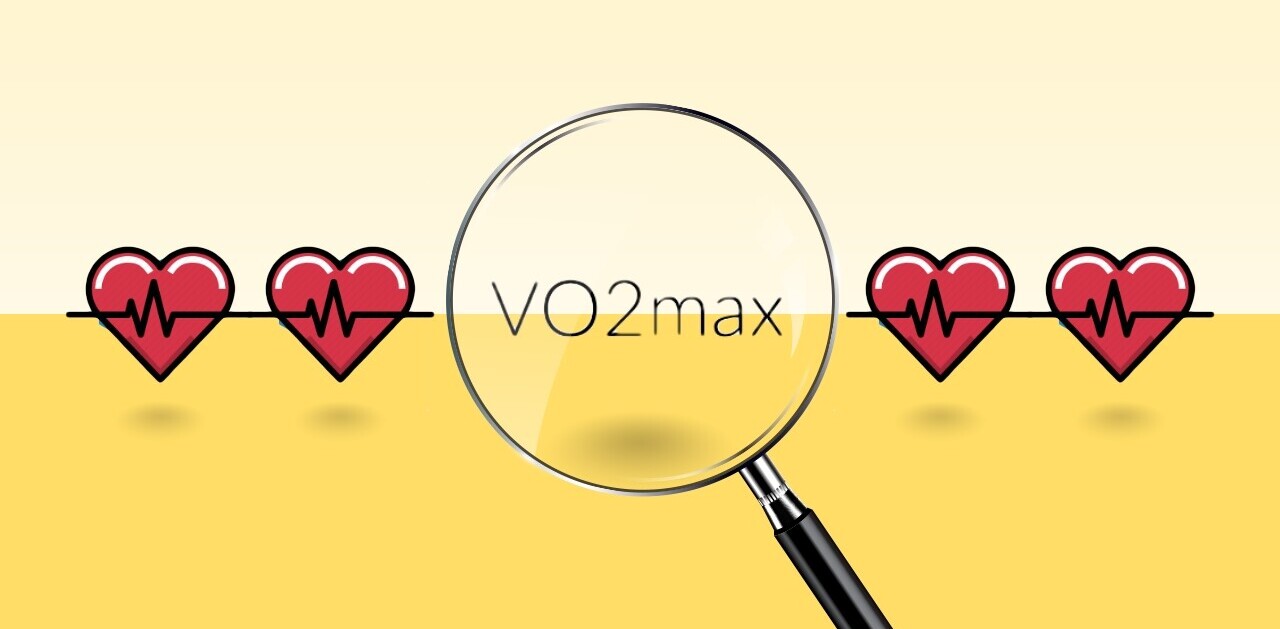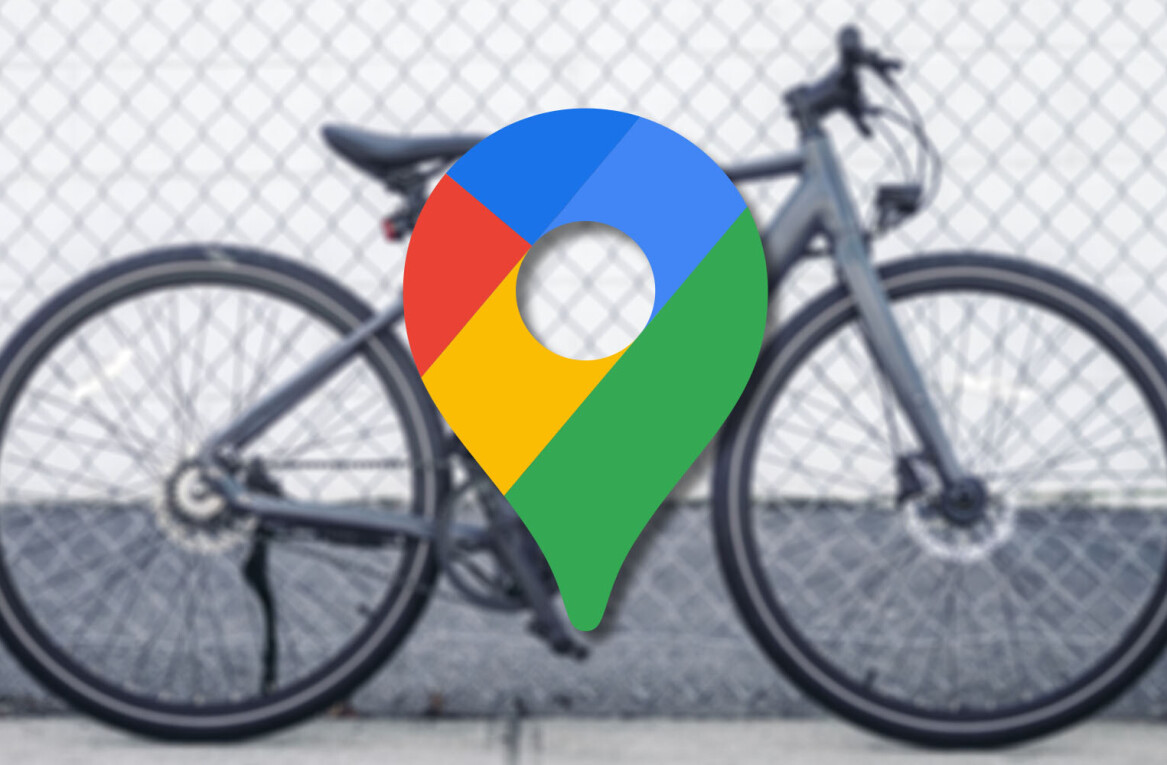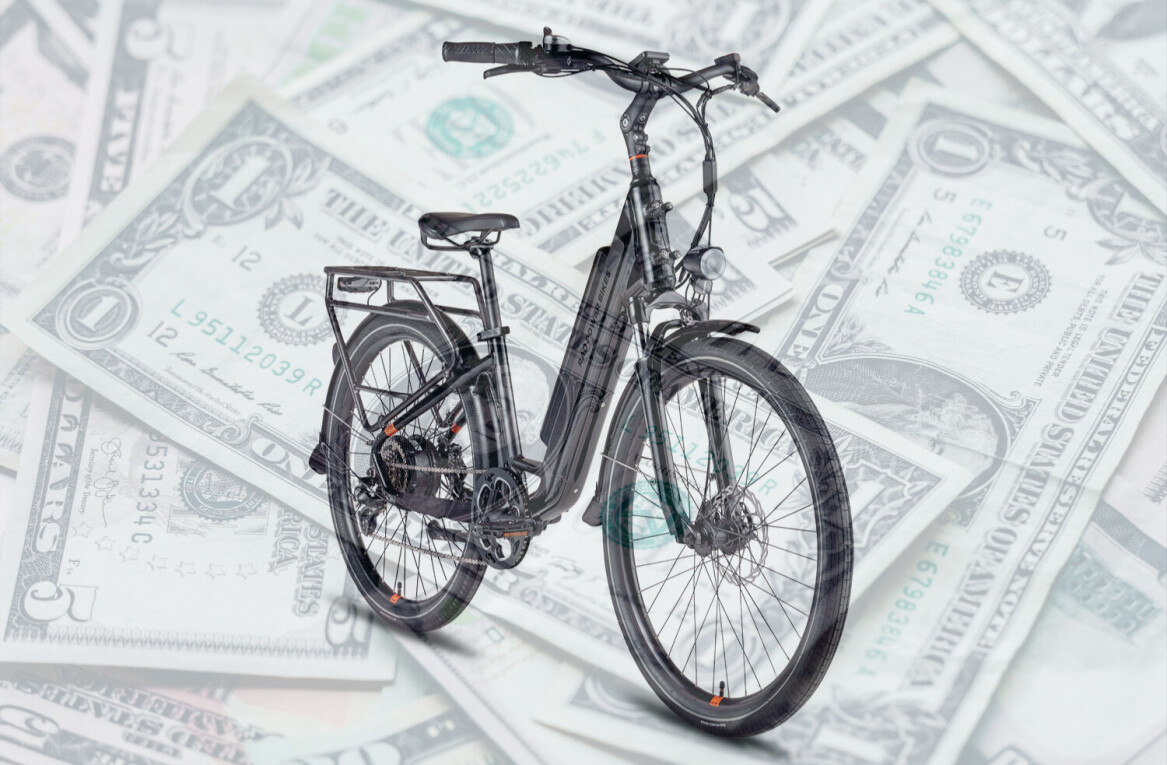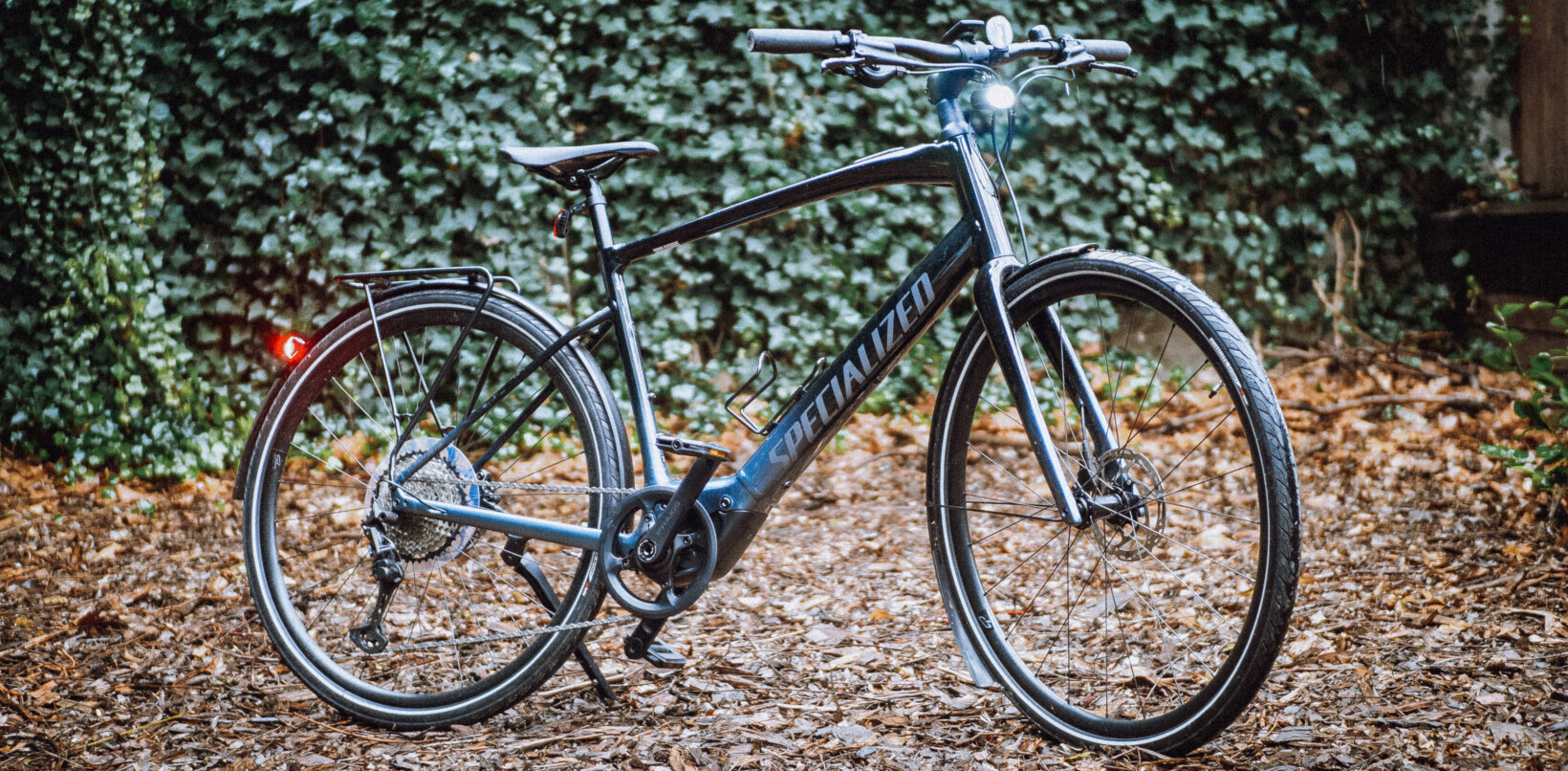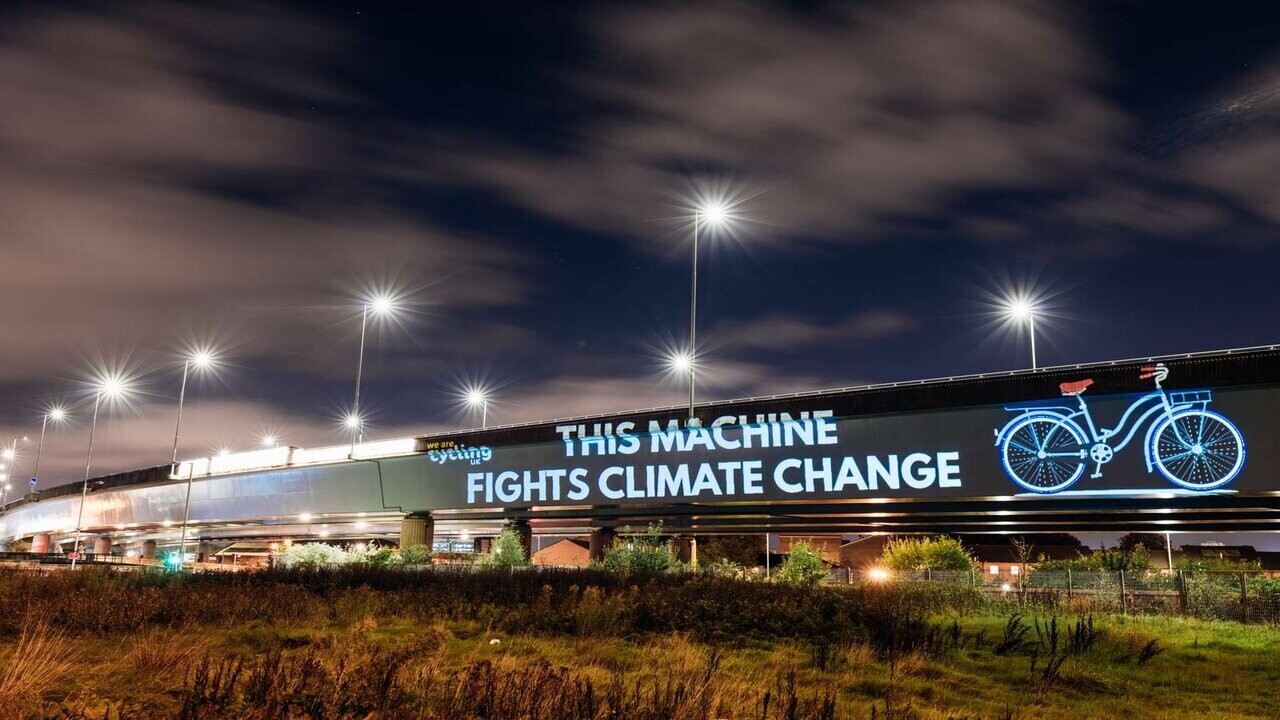
Among all the posturing and grandstanding about climate change, you’ll see something that’s noticeably absent at COP26 in Glasgow this week — cycling.
I saw a tweet this morning (I love Twitter), and it asked an excellent question:
Why is no one talking about #bicycles at #COP26? ?????@cathmckenna
— Dave Robertson (@DaveBikeSki) November 4, 2021
Seriously, where are all the bikes and ebikes? How about some cargo bikes — they could be used to tow a few politicians far better than car cavalcades.
For transport, used by most of the world’s population, the absence of cycling in any official capacity is at best laughable and, at worst, downright negligent.
For a greener future GET MORE PEOPLE CYCLING
This week a global coalition of over 60 bicycle organizations, including the European Cyclists Federation and the World Cycling Alliance, penned an open letter to the COP26 attendees. It offers a clear message: if you want to get serious about fighting the climate crisis, get more people on bicycles and do it now.
As the letter states:
Worldwide, transportation is responsible for 24% of direct CO₂ emissions from fuel combustion. Road vehicles account for nearly three-quarters of transport CO₂ emissions, and these numbers are not decreasing.
Aside from the unsustainable levels of CO₂ emissions that are ruining Earth’s climate, road vehicles are polluting our air at unprecedented levels, killing an estimated seven million people worldwide every year.
Bicycle use produces zero emissions, and cycling delivers far-reaching positive socioeconomic impacts in addition to reduced pollution.
Cycling represents one of humanity’s greatest hopes for a shift towards a zero-carbon future.
Time for governments to put cycling first

The letter calls for a range of policy, funding, and public health actions. These include:
- Creating and financing national cycling strategies and collecting data on cycling to guide infrastructural improvements.
- Focusing investments on building safe and high-quality cycling infrastructure. This includes incentives for communities historically marginalized from cycling.
- Providing direct incentives for people and businesses to switch from automobiles to bicycles for more of their daily trips.
- Building synergies with public transport and foster combined mobility solutions for a multimodal ecosystem capable of covering all user needs without relying on a private car.
We’ve seen an acceleration of pro-ebike laws and funding proposals in the US. Still, for cycling to go mainstream, it needs to address why people prefer cars over bicycles — including issues of safety and road quality.
A survey by Good Ordering a couple of years ago found that the perception of unsafe roads and concerns around bike parking and security are two of the biggest reasons people avoid cycling — and it’s up to governments to act.
Let’s not forget the most basic form of transport — walking
However, if we’re talking about roads, I’d also like to see some attention turned to the plain old act of walking.
There are many cities without sidewalks or where broken concrete and potholes make it an obstacle course. It’s even worse when you are visually impaired or use a mobility aid.
Then, there are poorly lit streets that make walking at night unsafe — especially for women.
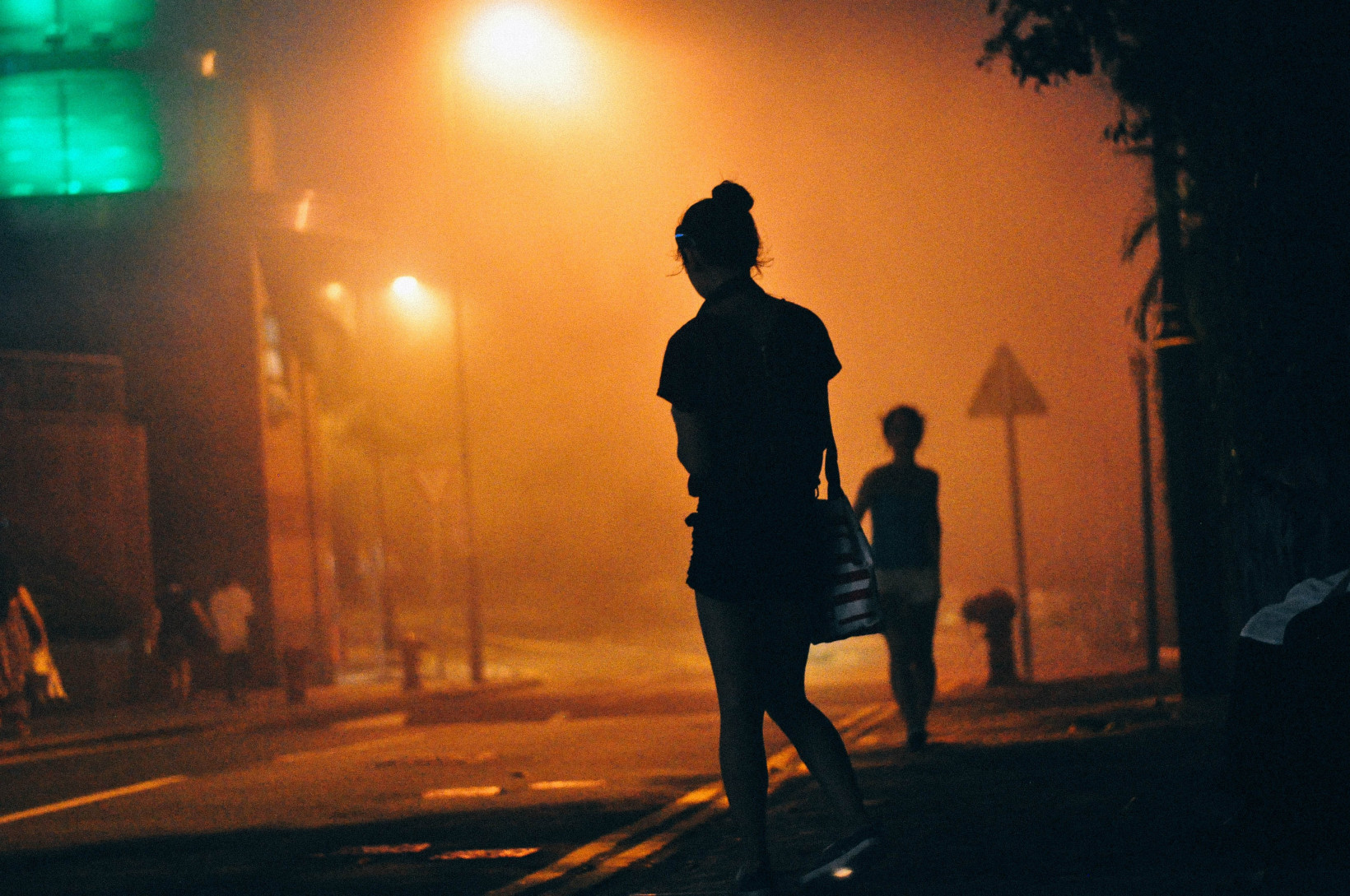
When I was in Amsterdam recently, I had to get a PCR test for my next leg of travel. As there was no public transport option between the clinic and the conference venue, I thought I’d walk.
It was a lovely day, and I had plenty of time. I started walking the route suggested by Google Maps only to find it directed me to an overpass bridge that had car and bicycle lanes but no lane for walking. And I can’t walk through a canal!
I ended up getting a Bolt. The driver told me this was a common problem for tourists and visitors unfamiliar with the city’s layout. God forbid we want to take the fastest route too on foot.
Getting people out of their cars — even just some of the time — is a pretty radical act when you think about the money machine that is the auto industry. But cycling is a win for all in terms of health, air quality, and reducing CO2 emissions.
But, it just takes leadership and even more, follow-through, something I’m not convinced we’ll see all that much of at COP26.
Get the TNW newsletter
Get the most important tech news in your inbox each week.

